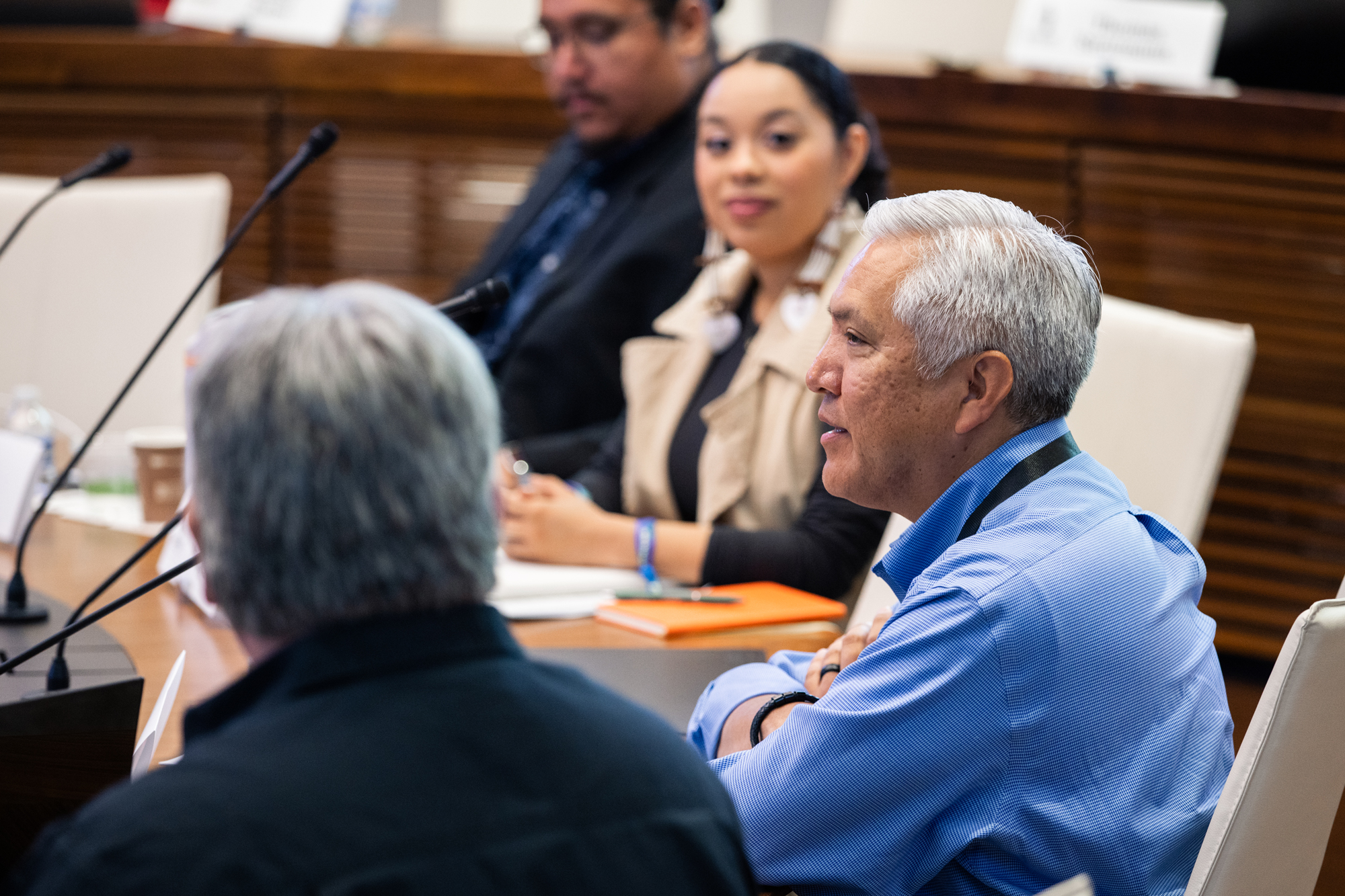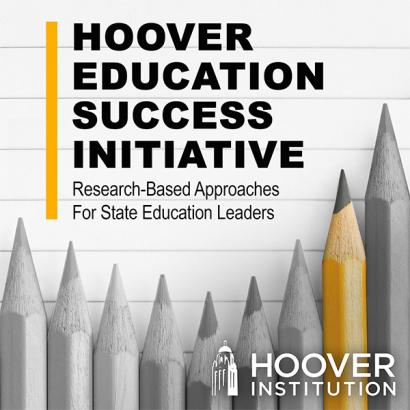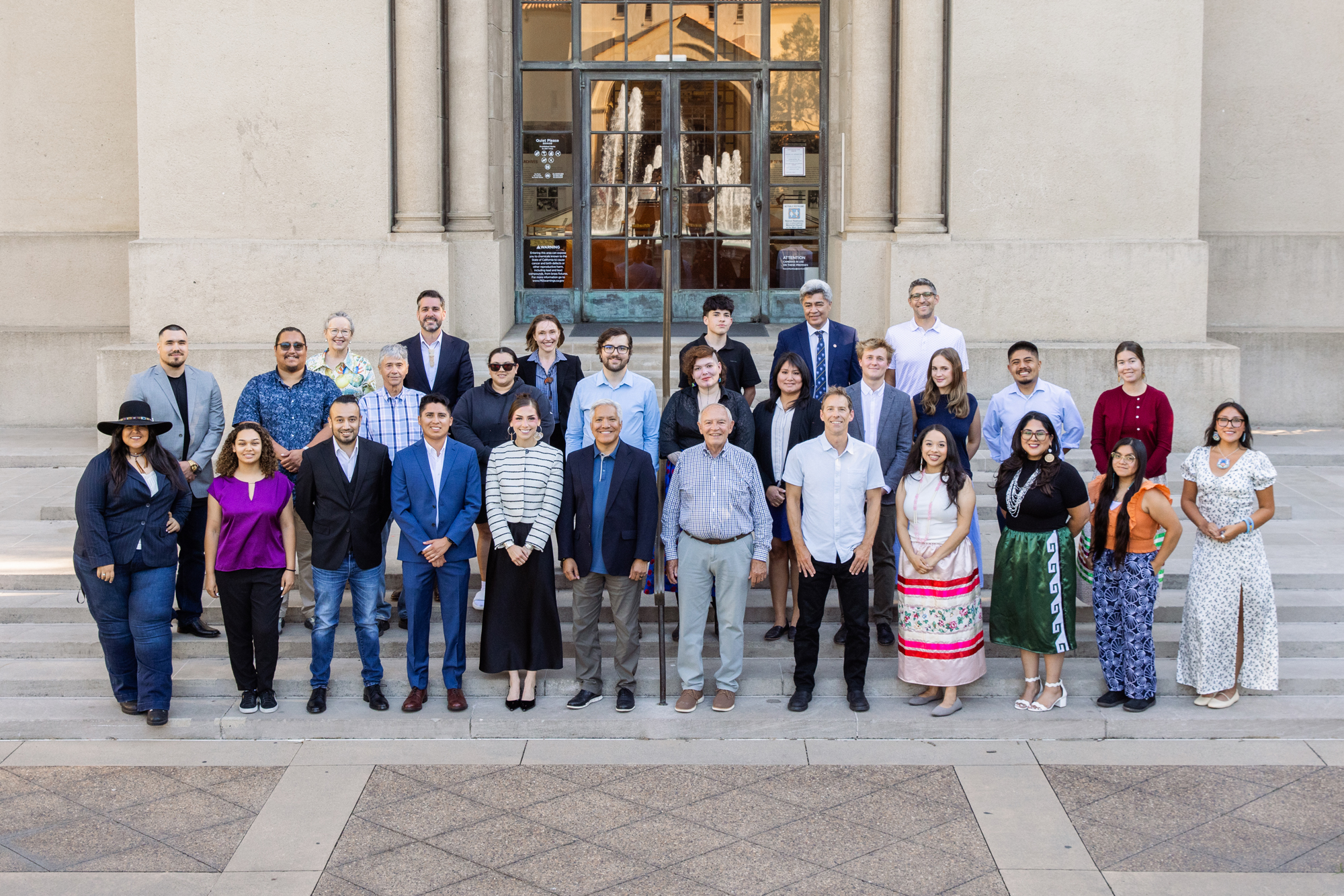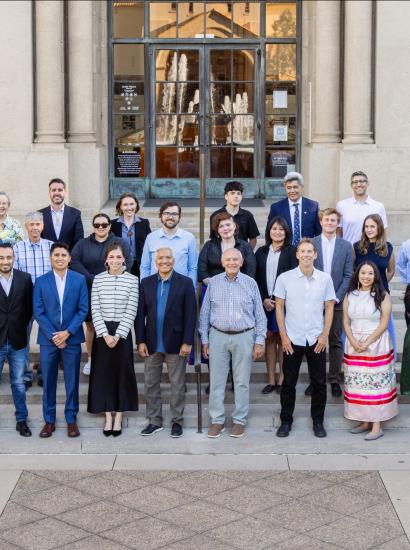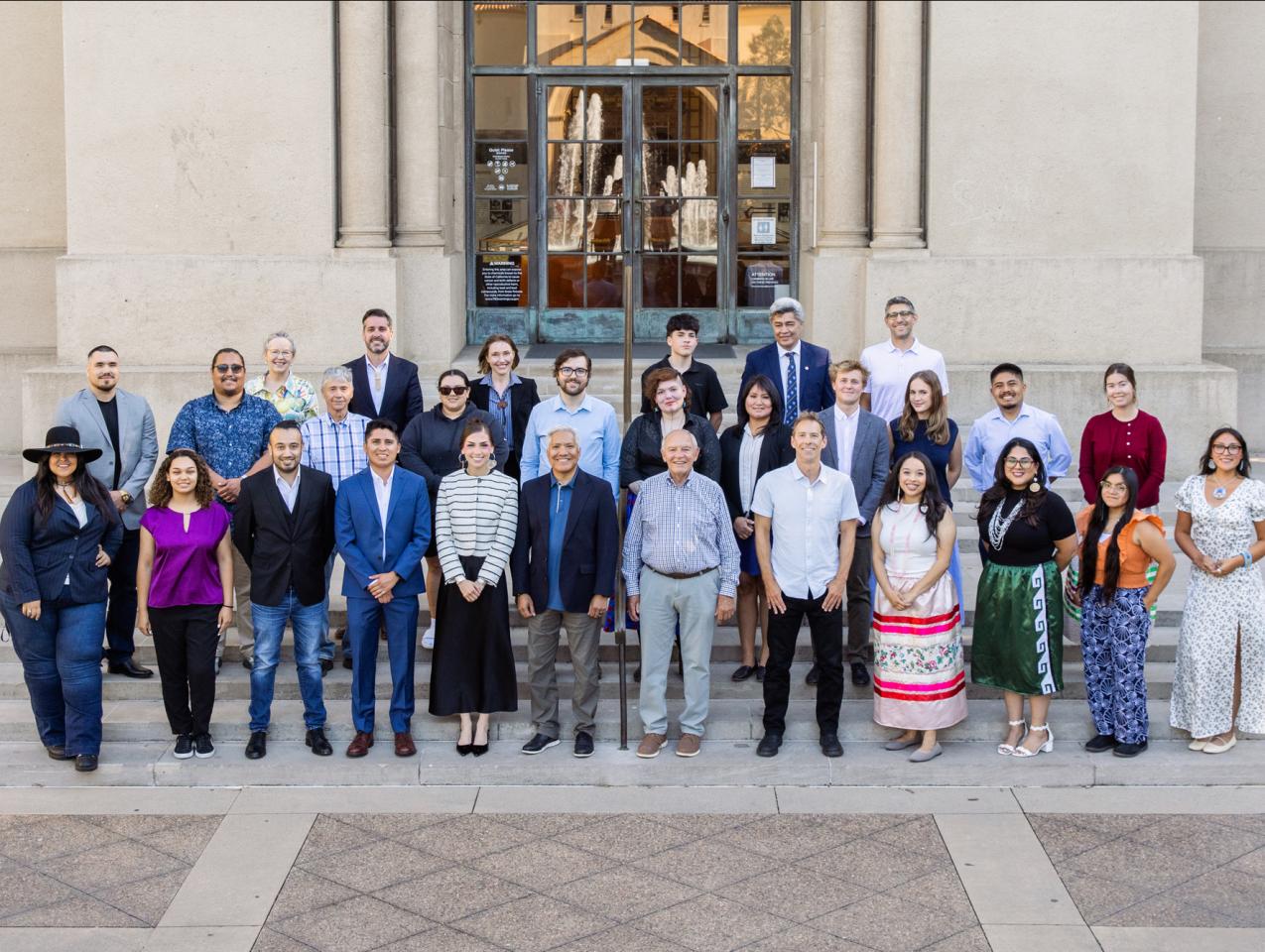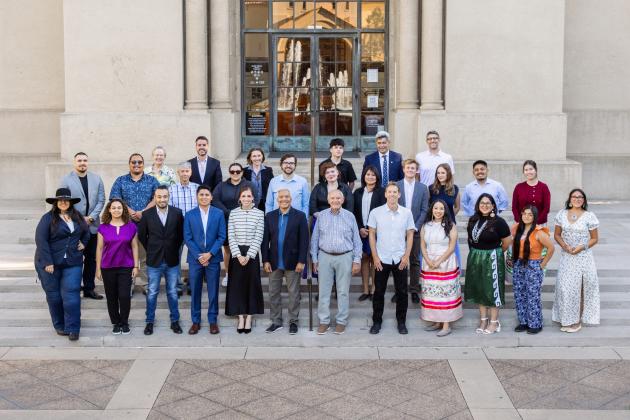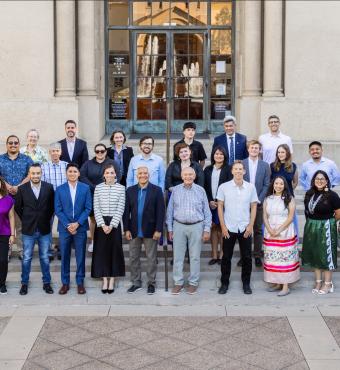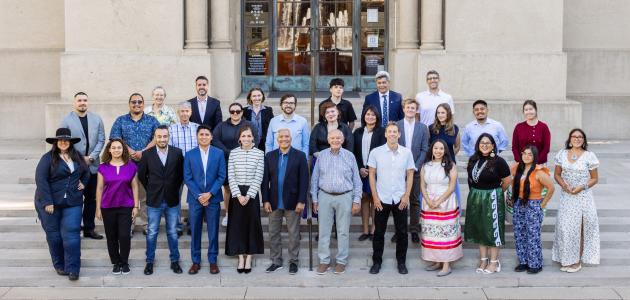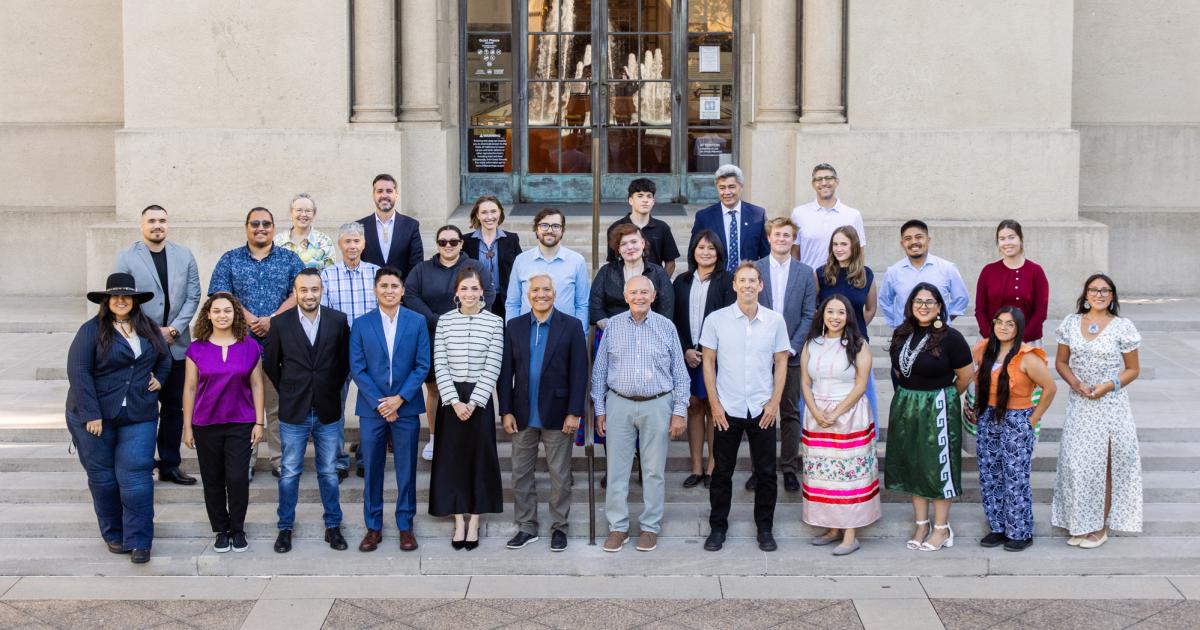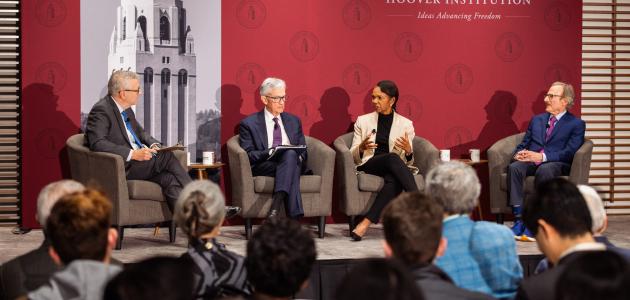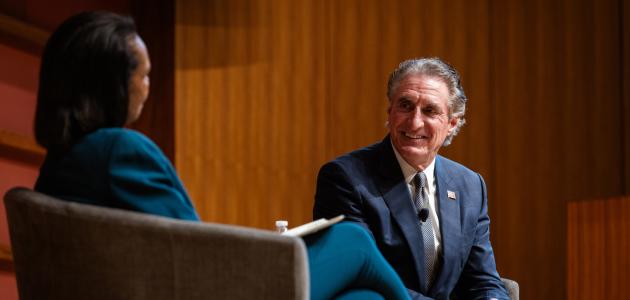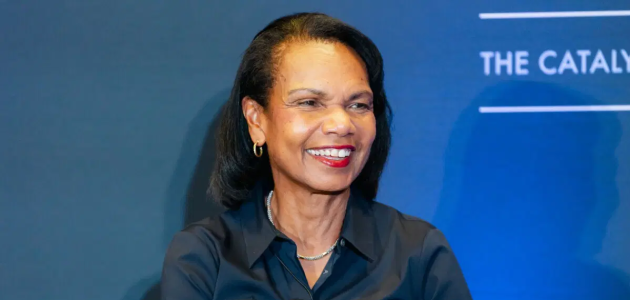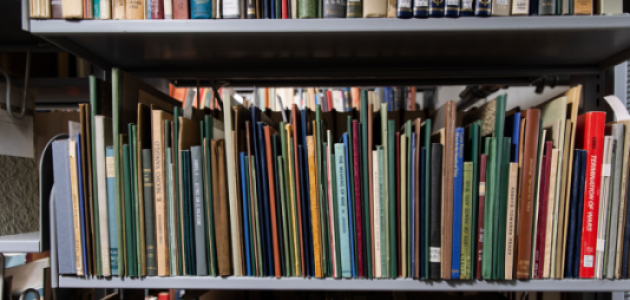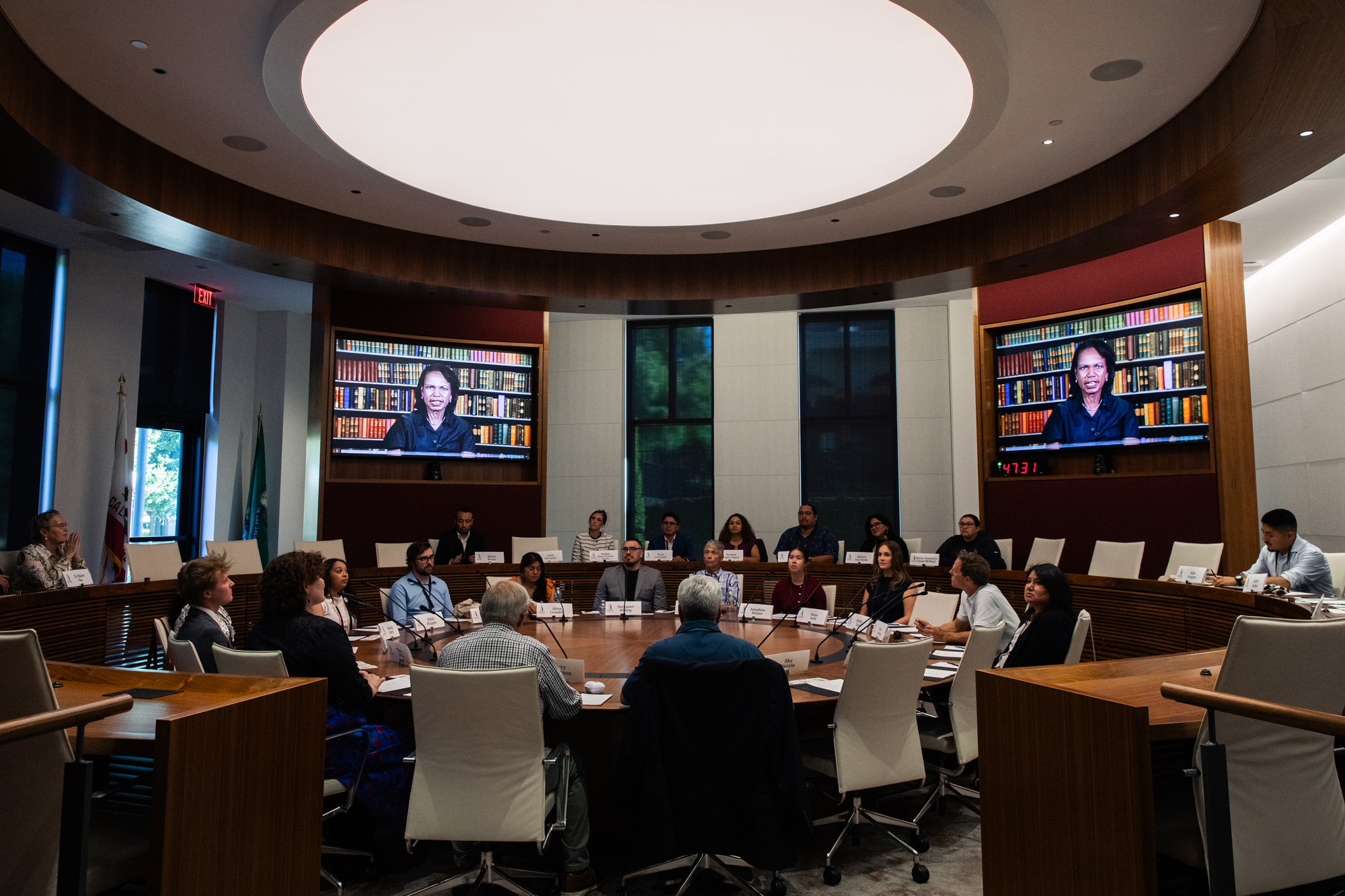
Hoover Institution (Stanford, CA)—Indigenous students and young professionals hoping to foster robust economic activity in their local communities gathered for the Indigenous Student Seminar at the Hoover Institution from August 5 to 9, 2025.
The fifth annual weeklong gathering brought together students and recent graduates from the United States, Canada, and New Zealand to reinvigorate the entrepreneurial spirit demonstrated by Indigenous peoples for millennia, propel regulatory changes to help Indigenous groups chart their own economic paths, and discuss the seemingly endless array of colonial barriers to development.
The seminar is part of the Renewing Indigenous Economies Project at the Hoover Institution, directed by Hoover Senior Fellows Terry Anderson and Dominic Parker, and administered and moderated by Gonzaga University Professor of Entrepreneurship Daniel Stewart.
Attendees expressed interest in learning how their tribes can attract investment and jobs at a time when services provided to Native Americans by the federal government through the Indian Health Service and Bureau of Indian Affairs have been reduced significantly.
Parker and Anderson responded to these concerns by pointing out the imperative that tribal nations of the United States begin to foster their own internal economies to lessen the reliance some of their communities have on sometimes unpredictable or unreliable federal services.

Parker started the discussion by reflecting on the immense body of evidence that America’s tribes engaged in nation-to-nation trade, enforced property rights, and developed such complex innovations as crop rotations and aquaculture harvesting over thousands of years prior to contact with Europeans.
He pointed to evidence that Plains Indians in North America were among the tallest and best-fed people in the entire world until the late 1800s.
He stressed that the point of the conference was not to have Indigenous people forego their unique identities and culture while pursuing economic strength, but to use newfound economic strength to solidify their cultures and make themselves more resilient.
This is supported by research, conducted by Parker and economist Dustin Frye, that suggests that every 10 percent increase in per capita income on an Indian reservation leads to a 5 percent increase in the number of households who indicate they speak an Indigenous language at home.
Next, Robert Miller spoke to attendees about how tribal nations could look beyond traditional sources of economic strength on reservations, such as cannabis production or gaming, and move to consider capturing the benefits of simple velocity of money.
Residents of many reservations travel outside to neighboring non-Native communities to spend their money on groceries, fuel, and durable goods.
Miller argued more of that retailing and other service provision needs to occur on tribal land.
Moving to some early signs of success observed in Canada, Donn Feir of the University of Victoria spoke about how some Canadian First Nations are successfully using new laws that allow Indigenous peoples to implement their own taxes, land use policies, and zoning regulations.
By making taxes and regulatory burdens more attractive than those of their settler-dominated neighboring communities, the First Nations can then attract investment and spur higher rates of economic growth than their neighbors enjoy.
Feir said that after enacting these policies, real income per capita on each reserve increased by about 15 percent over the next 10 years.
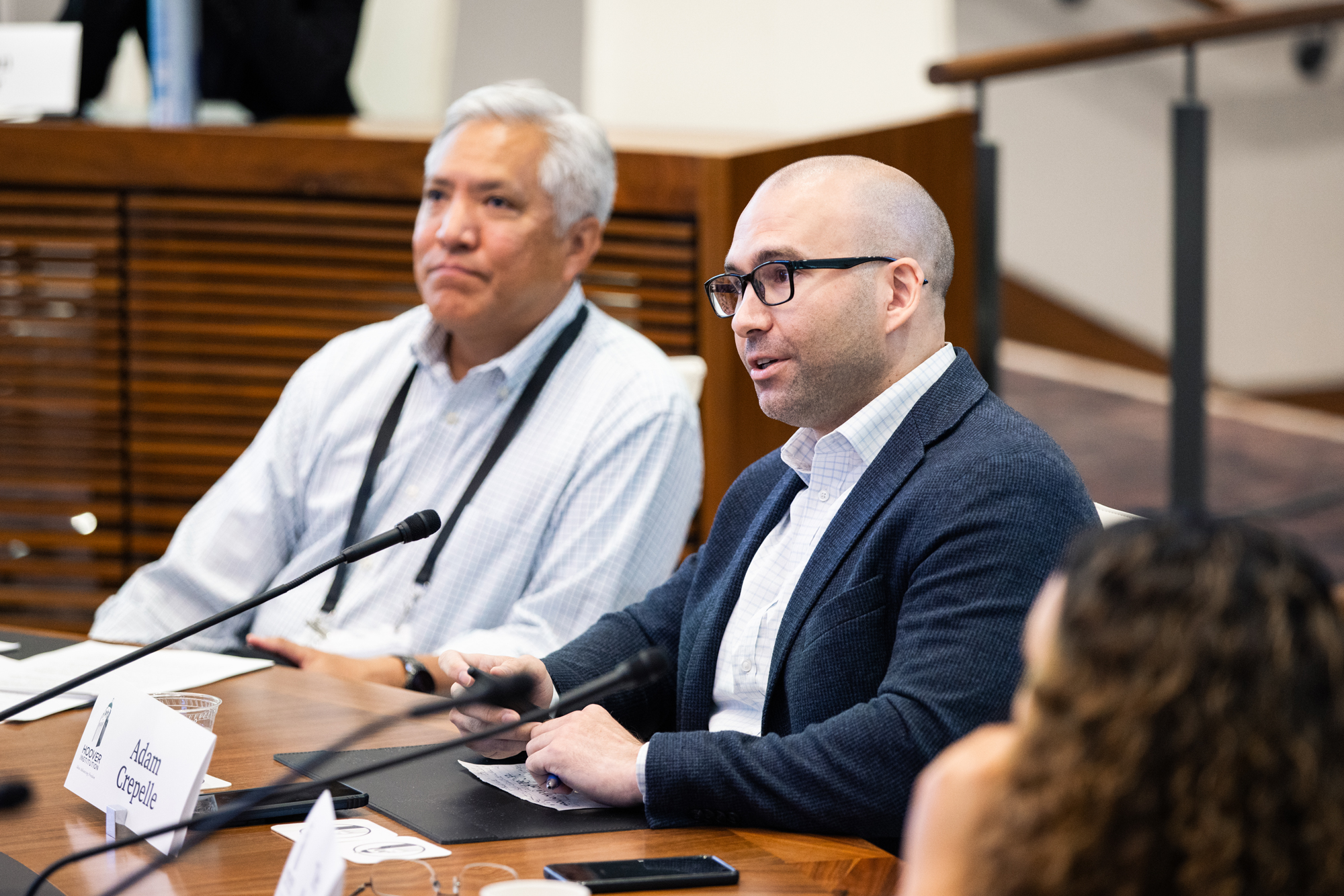
Later, Adam Crepelle of Loyola University spoke to attendees about the many examples that demonstrate the pre-contact economic success of Indigenous peoples in North America.
The pre-contact settlement of Cahokia, in what is now Collinsville, Illinois, was more populous than London or Paris between 1000 and 1300 ad. Tribes engaged in controlled burns of forests, developed their own currencies and measures such as wampum, and developed legal systems of their own prior to contact.
But today, Crepelle pointed out, legal precedent in the US dictates that tribes do not own the land they reside on. They only have a “legal right of occupancy” on that land, as “a domestic dependent nation” of the United States. Echoing points made by earlier speakers, he said this inability to control or manage their lands without federal interference puts them at a disadvantage when seeking outside investment or developing natural resources found on what they believe is their own sovereign territory.
Building on the concept of sovereignty, co-organizer Terry Anderson and Thomas Stratmann of George Mason University presented Stratmann’s research on the link between the level of regulation experienced in a tribal nation and its relative prosperity.
Using Stratmann’s Reservation Economic Freedom Index, which gives reservations a score from 1–15 on their relative level of economic freedom, he finds a positive correlation between reservations with higher amounts of economic freedom and higher overall median household incomes in that reservation.

Derrick Watchman, a former Navajo official and banker for tribes, spoke to attendees about how even when they achieve scale, such as his home Navajo Nation claiming 400,000 members and a $1.2 billion budget, barriers to development still persist.
He said that the 2008 financial crisis pushed many large US banks to stop offering customized services to tribes, with only smaller banks emerging to fill the void.
He urged those in attendance to focus on developing more complex tribal courts, capable of navigating and adjudicating contractual disputes, and for more resources to be spent on preserving and expanding the use of Indigenous languages on reserve.
But while much of the week’s conversation revolved around helping Indigenous people build resilient, prosperous local economies on their own land, the question of who counts as an Indigenous person and how they are counted cannot be ignored.
Stanford Sociology Professor Matthew Snipp spoke to attendees about how Native American identity in the US is shifting from rigid standards like blood quantum—a now ancient racialized, genealogical measurement historically imposed by the government—to more fluid models, including self-identification and tribal/community recognition. He explains that blood quantum, rooted in outdated racial science and colonial administration, inevitably reduces tribal membership over generations, threatening Indigenous survival.
Recent changes in census methodology and identity politics have made Native identity more complex, leading to controversies over so-called “pretend-ians” (white people pretending to be of Indigenous heritage) and community boundaries. Ultimately, Snipp argues for redefining Native belonging based on social, cultural, and communal ties rather than race or ancestry, to support Indigenous vitality.
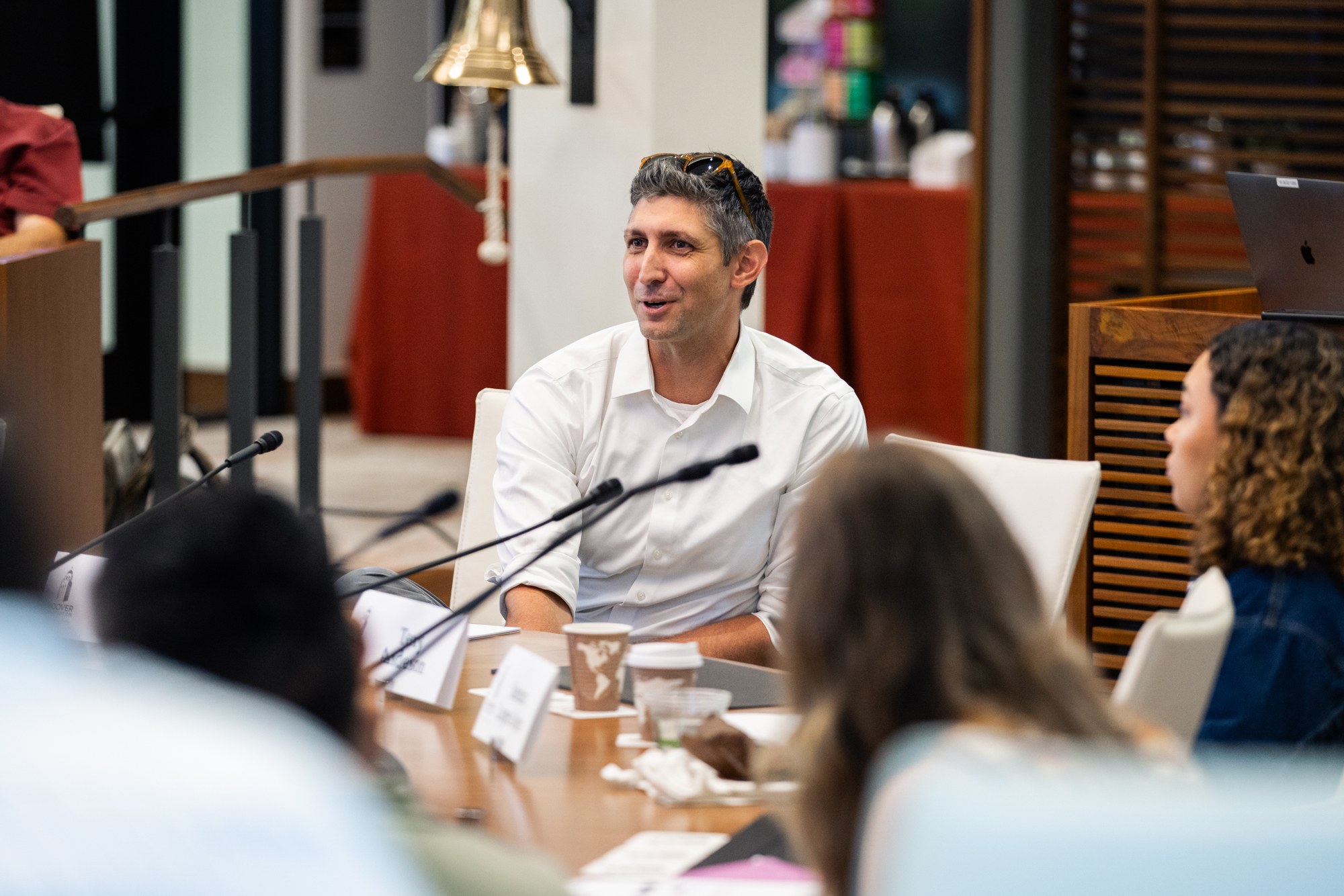
Tracing the post-contact development of Native Americans can sometimes be difficult, but Dustin Frye of the University of Wisconsin, Madison, spoke to attendees about how he pieces together parts of various censuses to outline the challenges tribes faced when attempting to develop in the 19th and 20th centuries.
Using this data, Fyre points out that the transition from farming to work in urban manufacturing in the mid 20th century, which enabled white and even some Black families to grow their incomes, was not possible for land holders on tribal land. Limitations on title, land transfer, and land use that are unique to reservations meant that Indigenous peoples could not “cash in” on industrialization in the United States the way other populations did.
Frye has a recent paper that goes into the challenges of complicated property and transfer rights on reservations that limit how that land can be utilized, dampening prospects for economic growth.
For a modern look at how tribes are approaching and working to overcome barriers to development, Maggie Tallmadge of Colusa Indian Energy and Alex Wesaw of Huntington National Bank spoke about what doing business in Indian country looks like today.
Tallmadge spoke about how tribes can establish their own energy utilities and develop small-scale hydro, gas, wind, and solar generation on their land, with the potential to export excess generation to their non-Native neighbors.
Wesaw spoke from the experience working in his bank’s Native American Financial Services practice, which works to navigate federal permitting processes to help tribes finance the leasing and development of businesses on their land.
André Le Dressay, director of Canada’s Tulo Centre of Indigenous Economics, took the lessons from Canada one step further, with an interactive online game all attendees could play.
The game directed participants to choose targeted economic measures for their tribe to implement and then ran those choices against common scenarios, such as the sudden resignation of the tribe’s chief or, even more topical, the rapid onset of a global pandemic.
The game assigned scores according to how well the economic measures they chose held up against different adverse scenarios.
Overall, the participants heard that developing robust institutions that reward resource stewardship and establish trade networks is compatible with their unique cultures. Indigenous economies can and are being renewed by building on their traditional cultures, all the while integrating into global economic networks. This will happen more rapidly if tribes can unshackle themselves from bureaucratic "white tape" imposed on them by state and federal governments and assert their sovereignty.
The workshop was a crash course in why and how participants can help their communities continue in rebuilding economic prosperity.
As one student put it: “I used to believe that our language, culture, and land were the core of our strength going forward and while they are incredibly important, we can’t protect or sustain those things without a strong economy to support them. A thriving economy provides the foundation needed to preserve our identity and create opportunities for future generations.”
